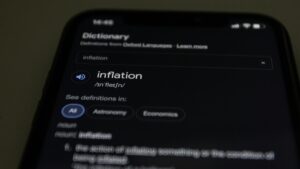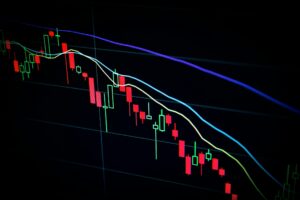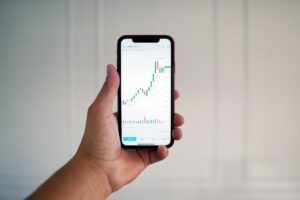
| March 8, 2023, seemed a Wednesday like any other. Business as usual ran in Silicon Valley, a bustling hub that has long been at the forefront of the world’s technological and economic advance. However, forty-eight hours later, a longstanding pillar of finance had collapsed. As a well-established and important backer of the Bay Area’s finances, Silicon Valley Bank’s fall has quickly become known as the largest bank failure since the 2008 financial crisis, as well as the second-largest bank failure of all time. But how did the 16th largest bank in the world fall so quickly? Founded in 1983, just 10 years after Silicon Valley was christened as the genesis of a new type of industry, SVB grew up alongside the technological industries that it invested in. This meant that it was keyed into the Bay Area’s unique financial status as a tech hub. The unique opportunity that SVB provided for startups was that in order to get them extra money, they would invest their money in treasury and government bonds. As the safest securities in the world, the only caveats with bonds are that they aren’t liquid – meaning the money can’t be taken out easily once it’s been put in– and they do also take time to mature and grow. Fast-forward to late 2022, however, and the bank wasn’t doing so well. The Federal Reserve had hiked up interest rates in an effort to combat ever-rising inflation – a detrimental action for many investors and depositors, especially those who dealt in tech. Startups began to pull money out to deal with the rising inflation so they could keep their businesses running. Ultimately, SVB had lost money, whether it be through loss of funding, loss of deposits, or the end of the 2021 IPO boom. All of these volatile reactants combined with a catalyst; a Wednesday, March 8 announcement that SVB had sold $21 billion worth of securities at a loss of $1.8 billion. The securities in question were the aforementioned bonds, which had been sold prematurely due to SVB’s need for money. Since the bonds hadn’t had enough time to mature and grow, they were worth much less than they could have been. This caused many investors to pull out of the bank for the next 48 hours, leading to a run. By Friday morning, March 10, 2023, SVB halted any trading in its shares – ending with a negative balance of $958 million –, abandoned any notion of being saved by capital or a buyer, and was subsequently placed under the control of the FDIC, which will liquidate any assets that SVB had in order to place its money back in the hands of clients. |
Complex Terms
Silicon Valley: A part of the San Francisco Bay Area that is named for the region’s initially large number of silicon chip manufacturers. The area has since blossomed into a center of technological advancement.
Multifaceted: Having many aspects or qualities.
Genesis: Beginning.
Startup: A small, newly established business.
Liquid: A type of asset easily converted into cash while retaining market value.
IPO: Initial Public Offering. The opening of shares of a private corporation to the public in order to raise capital from public investors.
Securities: An umbrella term for stocks, mutual funds, bonds, or other investments.
Volatile: Unstable.
Reactant: A substance that changes during a chemical reaction.
Catalyst: A substance that begins, enhances, or quickens a chemical reaction.
Run (on a bank): A term for a period of time where many depositors in the same bank simultaneously withdraw due to doubt in the bank’s ability to return their deposits, creating an impossible demand for a bank’s limited supply.
FDIC: Federal Deposit Insurance Corporation.
Liquidation: Bringing a business to an end and distributing its assets to claimants.









Be First to Comment